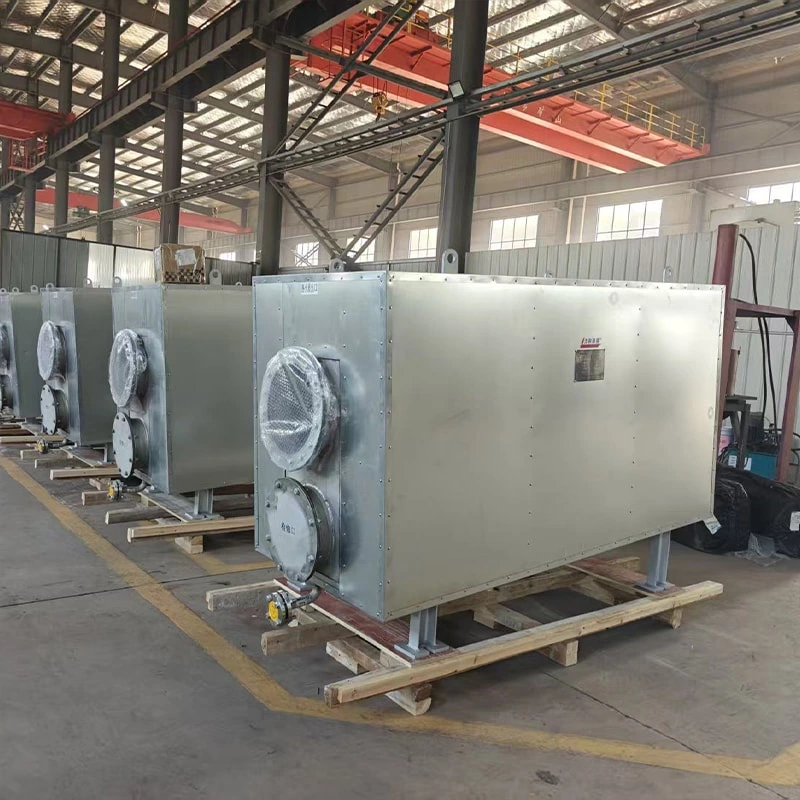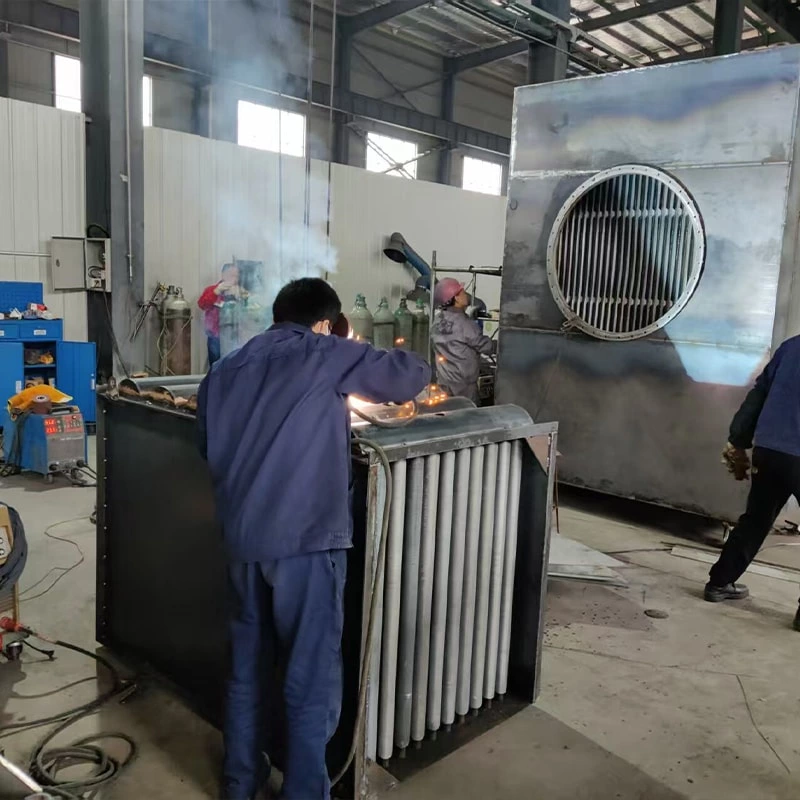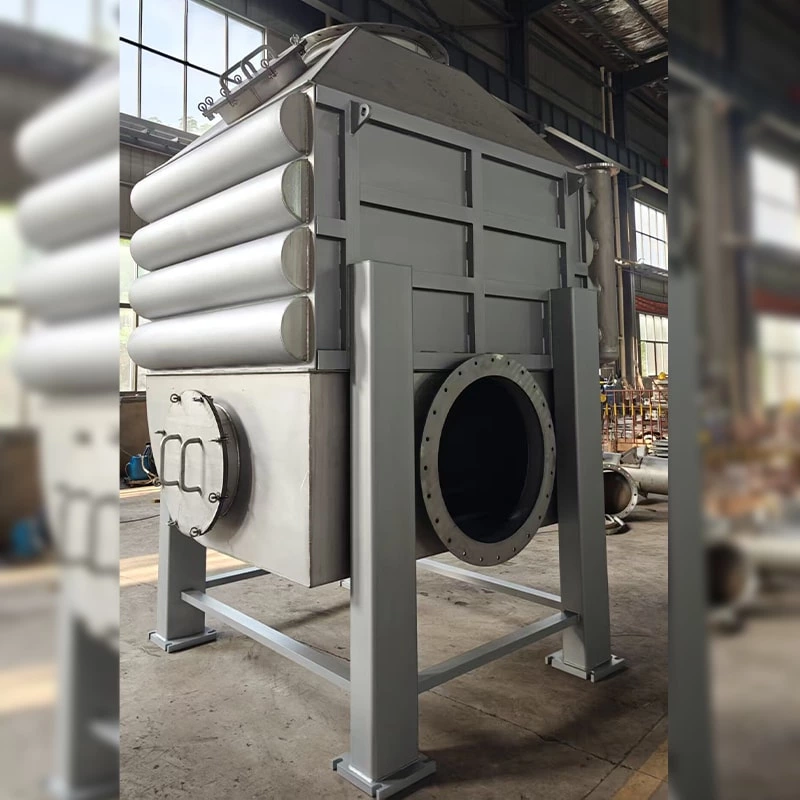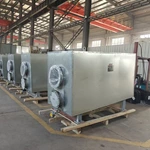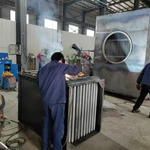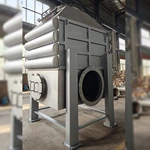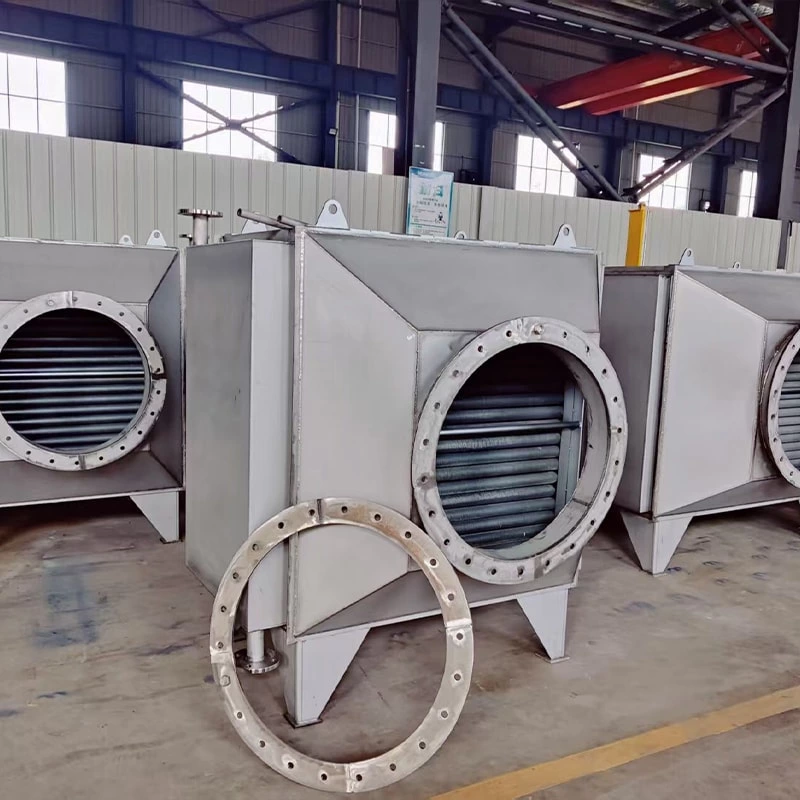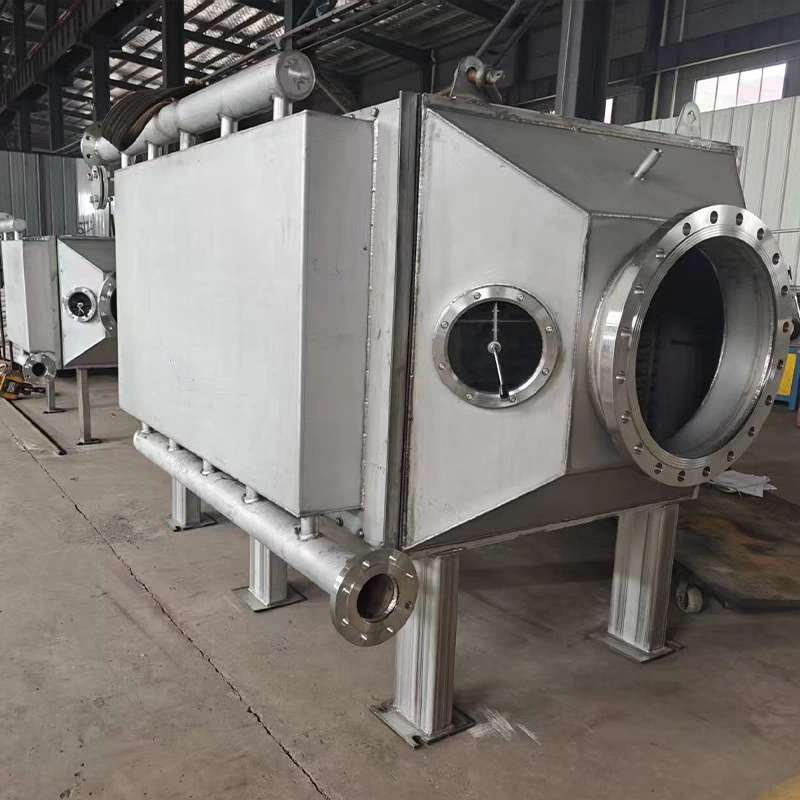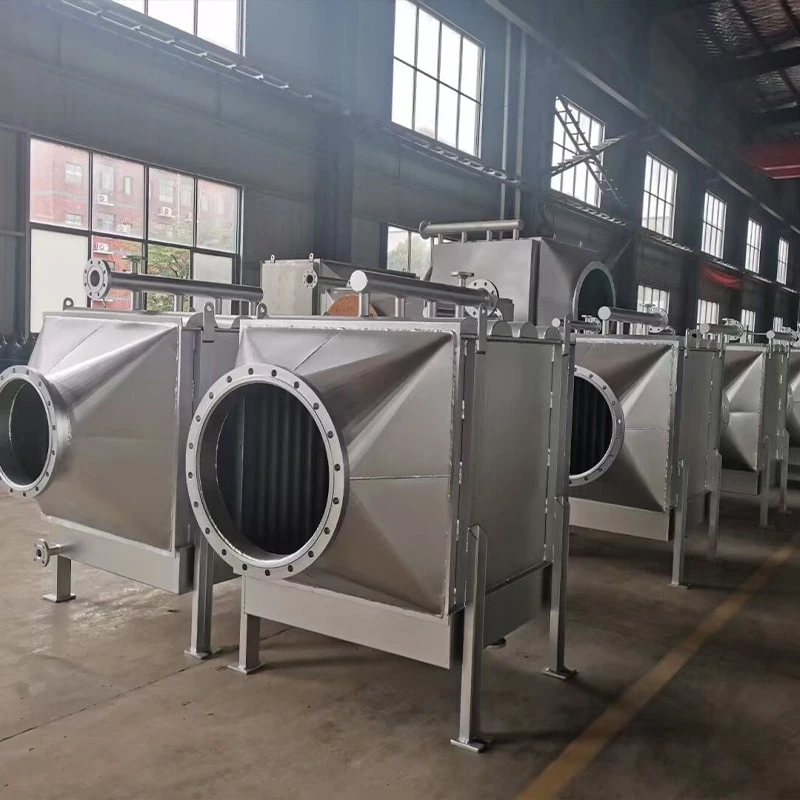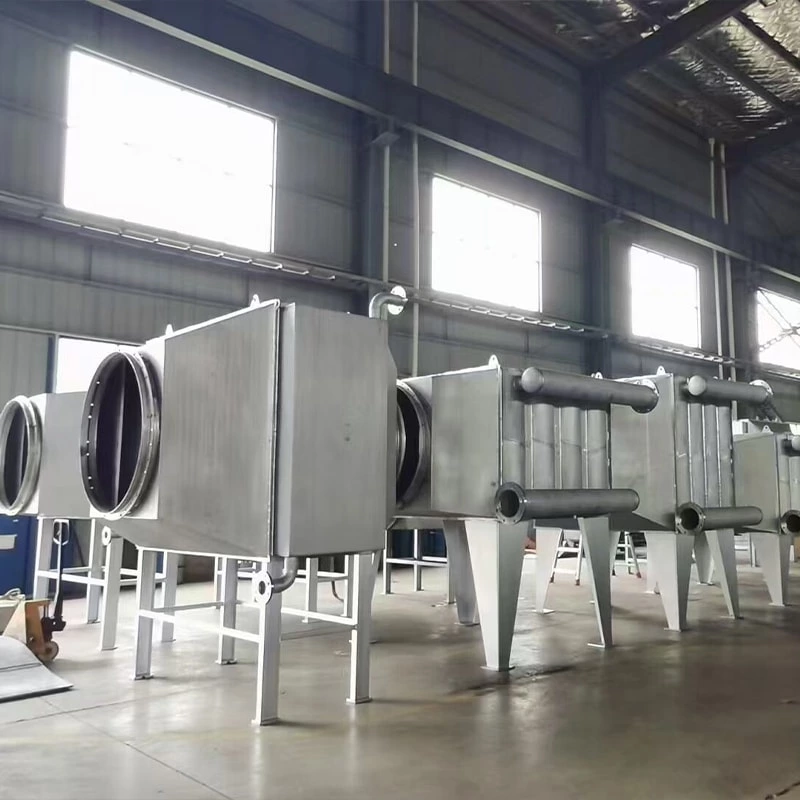Finned heat exchanger GJ-CP25
Finned heat exchangers significantly increase the heat transfer area by adding fins to the surface of the base tube, compensating for the insufficient heat transfer performance of gases or fluids with low thermal conductivity, thereby enhancing the heat exchange efficiency.
Characteristics
High heat transfer efficiency
The fins attach to the base tube or base plate surface, significantly increasing the effective heat transfer area of the heat exchanger.
Flexible structural design
The fin types are diverse, including flat fins, corrugated fins, serrated fins, and perforated fins.
Adaptability to complex conditions
By selecting materials and strengthening the structure, it can be applied to high-temperature flue gas waste heat recovery or high-pressure refrigeration systems.
Economy and maintenance
The cost of the fin material is low, and through efficient heat transfer, the equipment volume is reduced, lowering the overall cost. The modular design allows for segmented cleaning and some types can be disassembled for maintenance.
